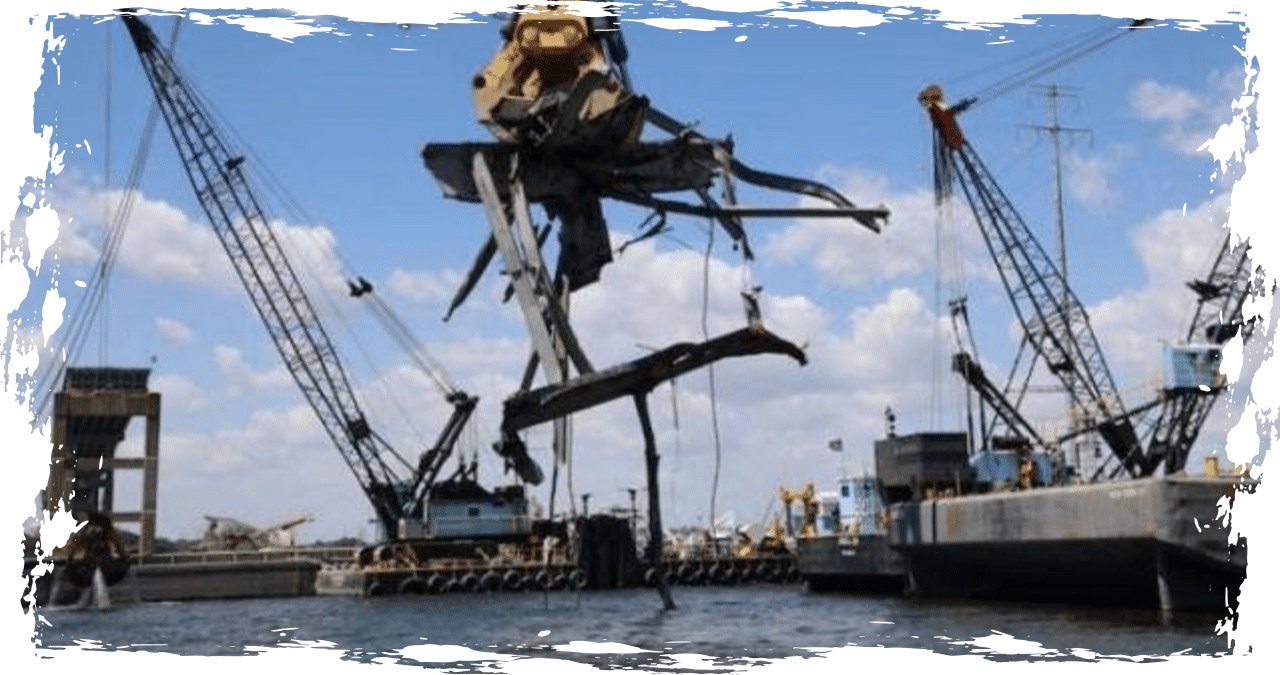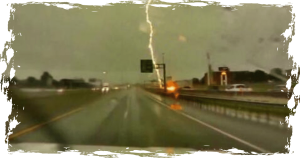On June 10th, the shipping channel at the Port of Baltimore, which is known to be one of the busiest ports in the United States, has been fully reopened after over two months of closure due to a major cargo ship colliding with the Francis Scott Key Bridge.
The Port of Baltimore can now resume commercial maritime transit through the Fort McHenry Federal Channel as the U.S. Army Corps of Engineers announced on Monday that the channel has been restored to its original operational dimensions.
Colonel Estee Pinchasin of the Army Corps of Engineers announced that the Fort McHenry Federal Channel has been cleared for safe transit. While the effort to restore full operational capacity to the federal channel was successful, the tragic event still weighed heavily on everyone’s minds. “We never forgot about those who lost their lives, their families, and the workers affected by this incident,” Pinchasin stated.
Pinchasin shared that they thought about all of them every single day, and this is what kept them going.
The U.S. Army Corps of Engineers collaborated with the U.S. Navy Supervisor of Salvage and Diving to remove the debris. The U.S. Coast Guard, Maryland Department of the Environment, Maryland Transportation Authority, Witt O’Brien’s representing Synergy Mariner, and Maryland State Police were the other key agencies involved in the operation.
According to the Unified Command, the last major obstacle hindering the full channel has been removed by crews last week. They utilized various techniques such as concrete breakers, underwater surveys, and clamshell dredges to clear away the debris.
On May 20th, the M/V Dali was safely transported by the Unified Command.
On March 26, the Key Bridge was hit by the Dali, causing a collapse that resulted in the unfortunate death of six workers and disrupted port access.
At the crash site, the workers successfully cleared away a massive amount of debris, including the wreckage of the bridge and the container ship that measured 984 feet in length and 158 feet in width. In total, they removed an incredible 50,000 tons of materials.
During the response, 1,587 responders from approximately 56 federal, state, and local agencies were led by the Unified Command. Additionally, a team of 500 specialists from various parts of the world managed a fleet of 18 barges, 22 tugboats, 13 floating cranes, 10 excavators, and four survey boats.
According to a preliminary report by the National Transportation Safety Board, the Dali encountered two power failures while it was docked, a whole 10 hours before the collision occurred.
According to the NTSB, the ship encountered two additional blackouts around 1:28 a.m. after departing from the port early in the morning on March 26th.
The investigation by federal authorities is now honing in on the electrical system of the ship.
It appears that vehicle traffic will remain inaccessible until 2028.
The reconstruction of the bridge is anticipated to have a price tag ranging from $1.7 billion to $1.9 billion.
President Joe Biden has made a commitment to provide federal assistance for this undertaking.



